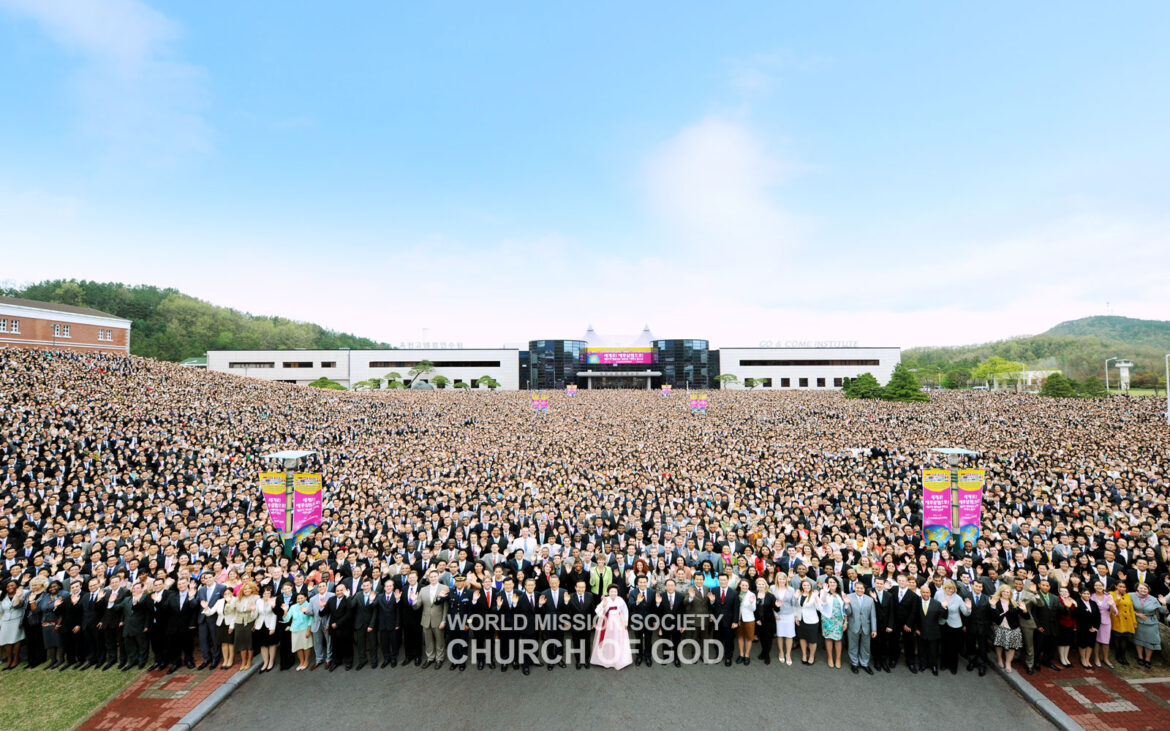The World Mission Society Church of God (WMSCOG) represents a noteworthy segment within the landscape of contemporary Christian movements. Emerging from South Korea in the 1960s, this church has gained traction globally while inciting a mélange of intrigue and skepticism. Its teachings, founded on unique interpretations of the Bible, have prompted extensive conversations about its doctrinal positions and the implications thereof.
At the heart of the World Mission Society Church of God lies a distinct theological framework rooted in the belief of God the Mother, a concept that diverges markedly from conventional Christian thought. This belief posits that alongside God the Father, there exists a divine feminine counterpart—God the Mother—who plays a pivotal role in the salvation narrative. This duality challenges long-held patriarchal notions within Christianity and opens a discourse on the nature of divinity itself. The church contends that God the Mother is indispensable, representing a nurturing and comforting aspect of God’s character, which resonates profoundly with adherents seeking a more inclusive understanding of the divine.
Additionally, the WMSCOG emphasizes the observance of specific rituals, notably the Passover, as a means of attaining eternal life and receiving the Holy Spirit. This ritualistic practice is steeped in symbolism, echoing the Last Supper and the Deliverance from Egypt, thereby forging a direct link between the Old Testament and the New Testament. Such practices have garnered attention for their theological depth, but they have also earned critiques for their departures from mainstream Christian liturgical practices. This divergence raises the question: can fresh interpretations of scripture engender renewal, or do they simply breed discord?
The global reach of the World Mission Society Church of God cannot be overstated. With branches across numerous continents, its membership has ballooned significantly, prompting inquiries into the sociocultural factors that facilitate such expansive growth. The church’s missionary zeal is notable; it is not merely about the proliferation of numbers but about instilling a fervent sense of purpose among its members. The church organizes extensive evangelistic campaigns, characterized by their dynamic approach to spreading the message. This commitment has positioned WMSCOG as a formidable entity in the global Christian mission landscape.
Nevertheless, with growth and visibility come scrutiny and controversy. Critics often posit that the WMSCOG employs high-pressure conversion tactics, arguing that its evangelism can border on coercive. Allegations of this nature raise important ethical considerations about religious outreach and the boundaries of persuasion within the context of faith. Detractors question the integrity of the church’s practices, suggesting that its methods are dubious at best. Yet, the church counters these allegations by emphasizing the transformative nature of their doctrine, asserting that individuals who engage with their teachings often experience profound personal change.
Another layer to the controversy surrounding the World Mission Society Church of God lies in its perceptions and treatment of other Christian denominations. The church is frequently viewed as insular, criticized for promoting exclusivism in its theological assertions. This viewpoint underscores a critical tension within the Christian community: the balance between doctrinal fidelity and ecumenical engagement. While many denominations champion unity, WMSCOG’s unique doctrines and theological positions can foster an “us versus them” mentality, which may alienate potential allies and inhibit collaborative efforts for broader societal good.
The church also emphasizes a clarion call for members to engage deeply with scripture, adopting a hermeneutical approach that encourages personal interpretation, backed by church doctrines. This emphasis on scriptural engagement reflects an undercurrent of educational aspiration; the church seeks to cultivate biblically literate adherents who can articulate and defend their beliefs against criticism. However, this pursuit of scripture can at times lead to accusations of cherry-picking biblical verses to substantiate specific doctrines, a practice that raises questions about theological rigor versus theological convenience.
Moreover, the interplay between tradition and modernity within the WMSCOG merits consideration. Founded in a post-war context in South Korea, the church has adapted to various cultural environments as it spreads globally. Its methodologies may differ regionally, which raises inquiries regarding the adaptability of orthodox beliefs in diverse cultural frameworks. While some argue that this adaptability reflects a commendable endeavor to reach souls across cultures, others contend that it undermines theological coherence. This duality exemplifies an ongoing struggle within the church: how to maintain doctrinal purity while engaging in a globalized religious discourse.
In conclusion, the World Mission Society Church of God embodies a fascinating study within modern Christian dynamics. Its beliefs challenge traditional notions of divinity and salvation while its global outreach efforts reflect a vigorous commitment to spreading the gospel. Yet, the controversies surrounding its practices and doctrines are indicative of larger perennial tensions within the Christian community regarding exclusivity, evangelism, and scriptural interpretation. This ongoing dialogue, characterized by curiosity, criticism, and sometimes bewilderment, invites a deeper examination of what it means to be part of the Christian faith in an ever-evolving world. The fascination with the WMSCOG is not merely a matter of its theological claims; it lies within the broader implications of its existence and the conversations it sparks within the diverse tapestry of global Christianity.



